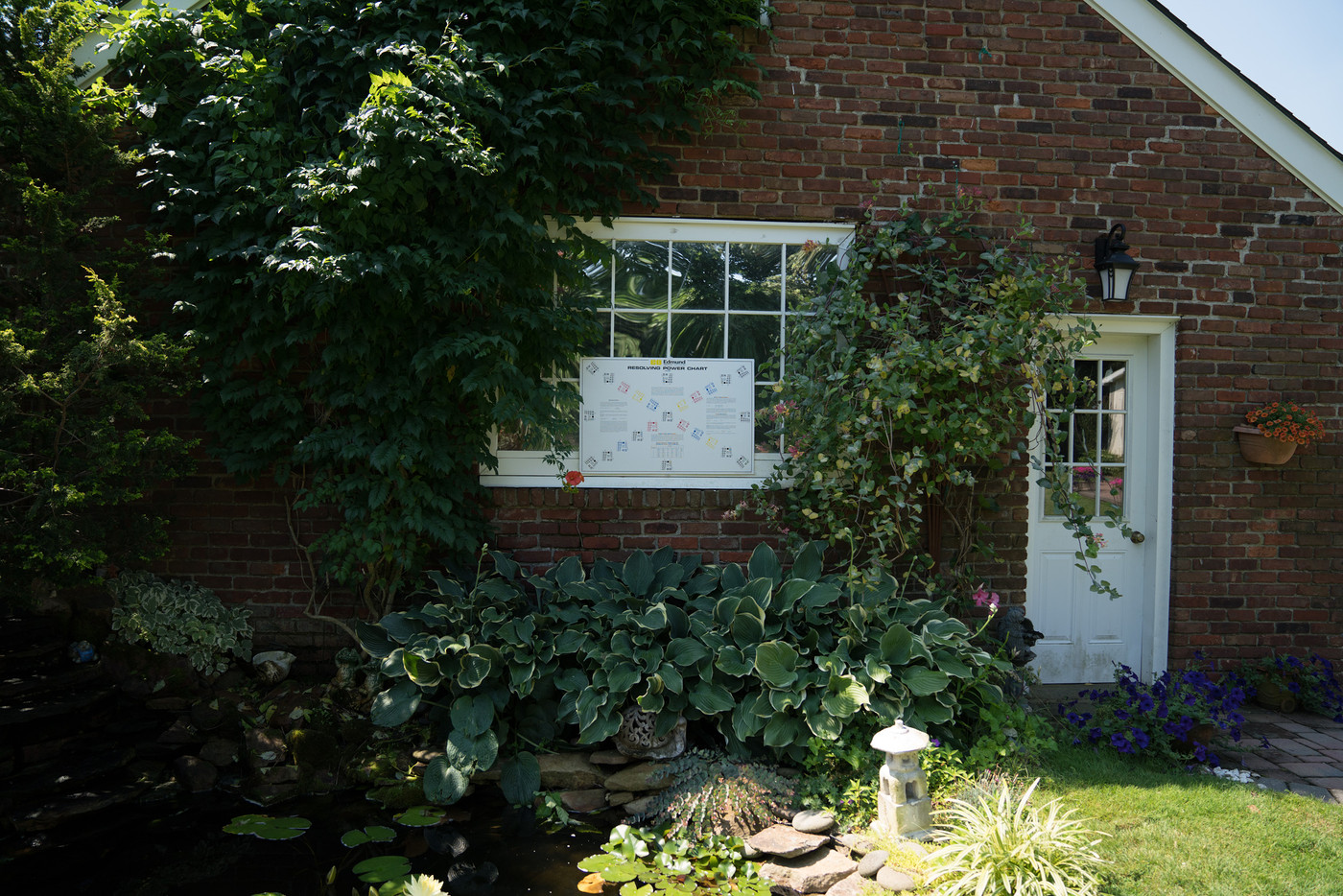Lovely pictures, Howard. I really like the giraffes - sadly I couldn't anything good with these guys.
I looked at my aerial images from Botswana just now. Over two one-hour trips I took almost 2000 shots, of which only 87 were at 400mm, and only about another 120 over 200mm. Thus, only 10% of my shots were over 200mm, and this even with the 7D2 adding on a crop factor advantage. Perhaps it was the pilot. The second guy we had was more 'adventurous' although still following strict guidelines about avoiding stressing the animals.
The one big problem I found was getting the long 100-400 lens with the 1DX to remain steady even at shutter speeds of over 1/800. It was much easier with the 70-200 f4 lens.
The other thing I suppose is what kind of shot one is trying for. Overall with my wildlife imaging I am now more into the 'animal in the habitat' than 'animal in the frame' kind of photos. Thus, especially with aerial photos, I wanted a slightly wider view.
Here are a few more:
This one is the only shot I have of a Sitatunga (aerial or otherwise). He was running hard in one of the channels and even at 225mm he is not particularly sharp. Had I zoomed in any closer it would not show the surroundings much, plus I am sure it would have produced a shakier image. Taken with the 100-400 lens on the 1DX. The image is uncropped, at 100% of original size.
View attachment 119694
This is at 330mm and really wouldn't have wanted it any closer. I did crop out about 15% from the corners to remove lechwes that were cut off .
View attachment 119695
Finally, this one is one of the very few at 400mm. Here too, the context is barely obvious, on one of the wider shots of these hippos, the channel coming into the hippo pool and the animals creating a white, frothy 'wake' on the water is much more obvious and to my eye more interesting. However, I also like the hippos viewed from this angle and maybe I could crop into just two of them. But if you notice, the images are again not really tack sharp even at 1/1250. Again, completely uncropped image, at full size.
All said and done, I really enjoyed this, looking forward to a similar trip over NYC next month.
View attachment 119696











